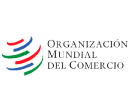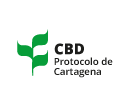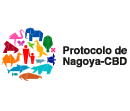 Overview
Overview
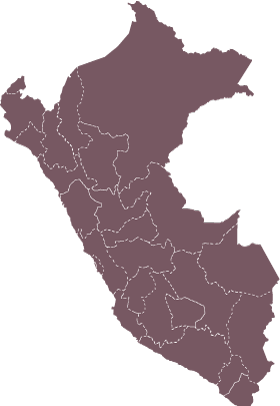
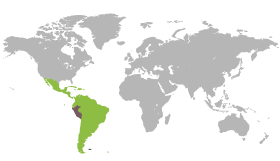
Area km2: 1,285,216
Population: 32,824,358
Capital: Lima
ISO 3166: PE

Population density:
25.5 hab/km2

National flower:
Cantua (Cantua buxifolia)
Along with mining and the fishing industry, agriculture is one of Peru’s main productive activities. The country is a large exporter of fresh fruit and vegetables, such as grapes, avocados, mangoes, blueberries, bananas, plantains, asparagus, ginger, broccoli, even to very distant countries, and the largest exporter of quinoa worldwide. Peru also produces potato, rice, maize, sweet potato, wheat, coffee, apples, pears, peaches, fava beans, tomato and sugarcane. The fishing industry relies on the Peruvian anchoveta (which is used for the production of fishmeal), the corvina drum, the bonito and the fine flounder, among others. Meat production is mainly oriented to the poultry industry and, to a lesser extent, to beef and pork. Camelids are raised in the Andes region, and used as sources of meat and fiber, which for the most part are destined for export. Among the main agricultural products imported by Peru we can mention maize, soybean, wheat and rice.


 Are there local developments?
Are there local developments?







